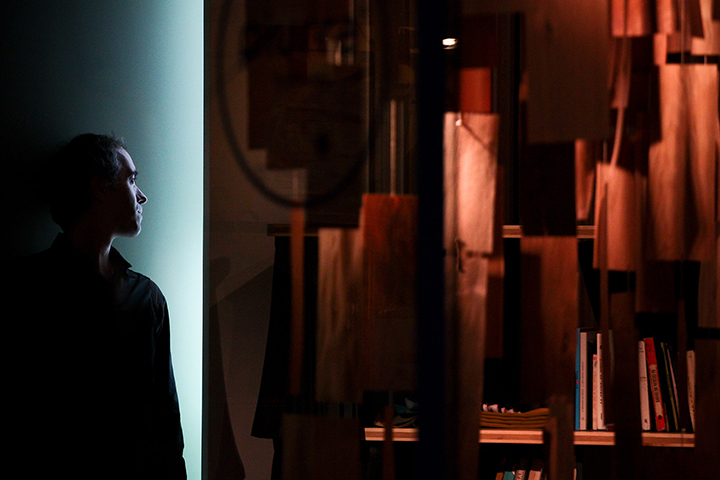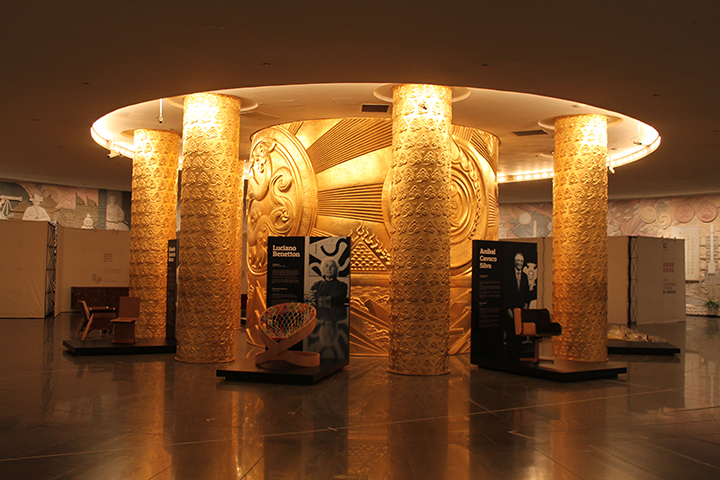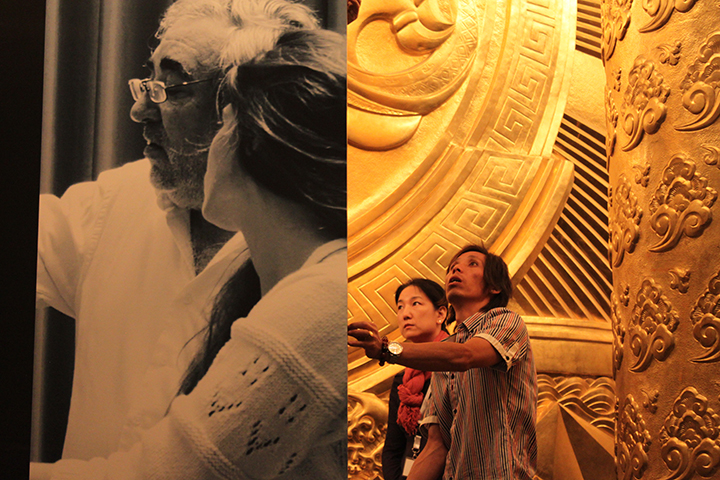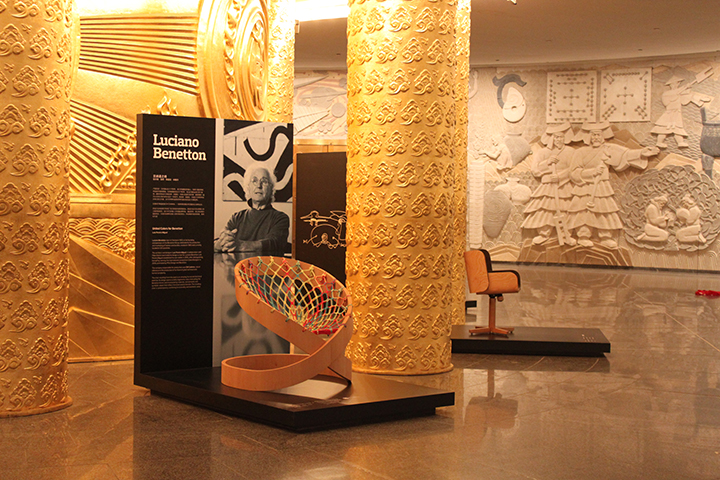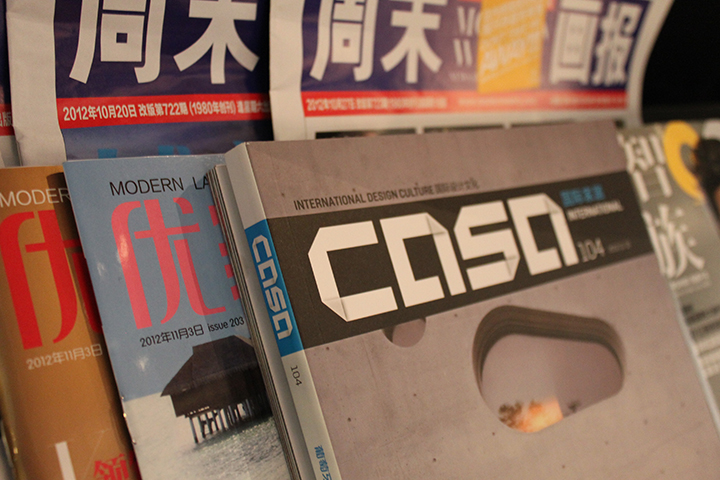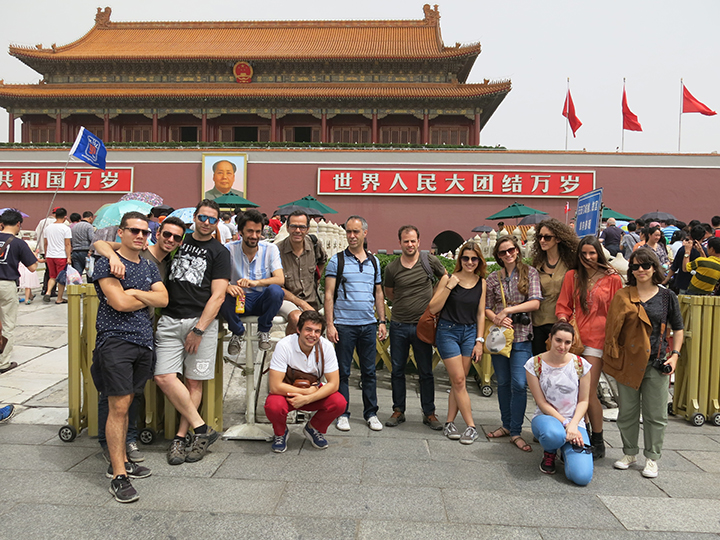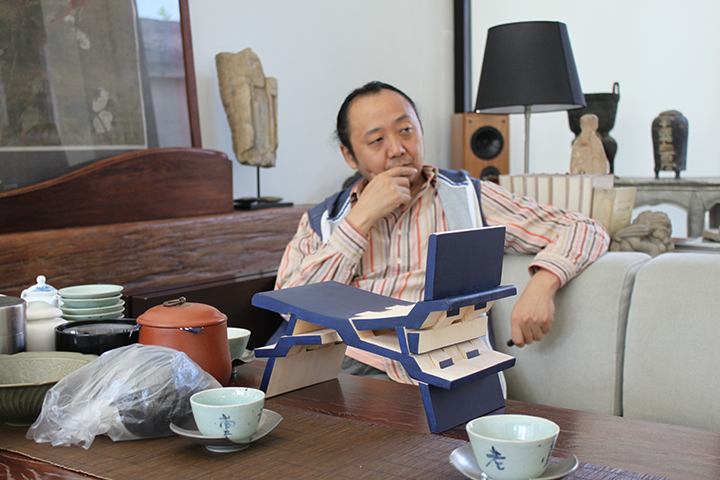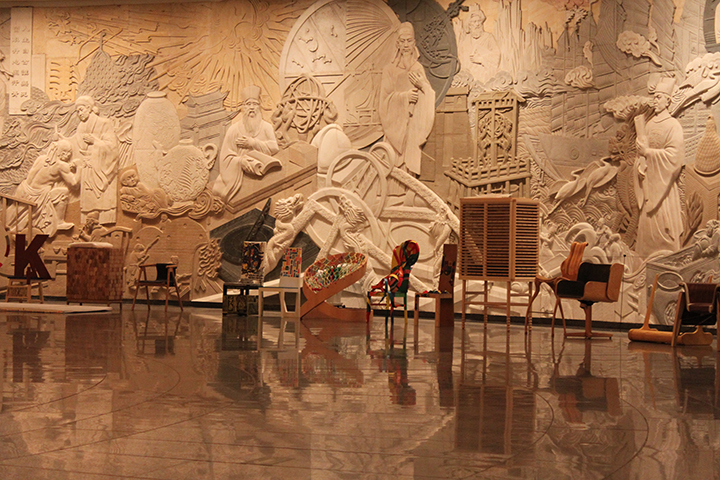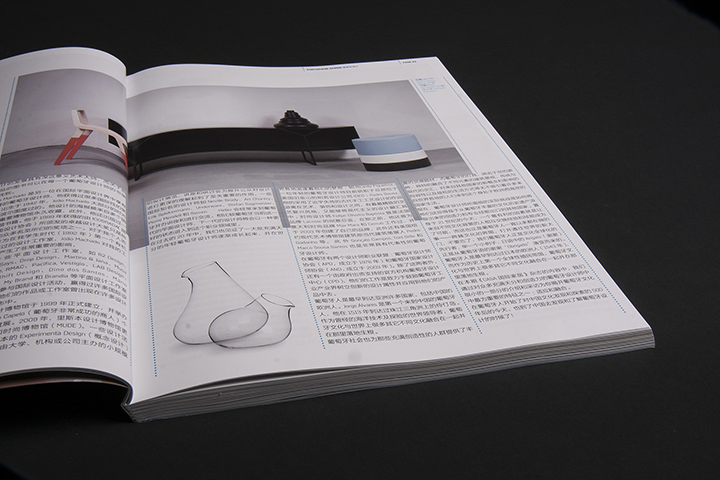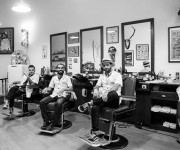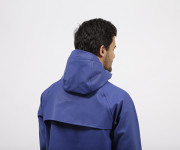After talking to designer Emanuel Barbosa from Portugal, it was impossible to think on how many activities the designer is involved in. Having his own studio, participating in the projects and workshops, being the international coordinator in ESAD and the Creative Director of CASA INTERNATIONAL magazine. And this is not the end. The designer has already lots of plans ahead of him and as he mentions, some projects will keep him busy for some time. The designer is working closely with the Portuguese-Chinese Cultural Association that allows to promote the Portuguese creativity in Asian countries. Emanuel has given a lot of effort to make the international collaboration between Portugal and other countries and as he mentions that he made this his mission and believes that when we are truly passionate about the things we do; results tend to be positive after some time. Here is our interview with the designer and creative director Emanuel Barbosa.
Could you tell our readers about your background?
I was born in Porto, but I grew up in the northeast of Portugal in a small village and community completely designed from scratch by three Portuguese modernist architects Archer de Carvalho, Rogério Ramos and Nunes de Almeida. The lifestyle and the clear lines of the houses and buildings of my childhood had a very strong influence on the development of my creativity. Later, my family moved back to Porto and I was lucky enough to have an excellent art teacher in the secondary school. My Bachelor degree was in Communication Design (ESAD, Portugal), later I did a Master degree in Multimedia Design (UB, Spain) and a Ph.D. that included an extensive research about Portuguese motorcycle brands (UPV, Spain).
You have participated in a lot of works and project. Today you are the international coordinator in ESAD, the Creative Director of CASA INTERNATIONAL. What both of these activities bring to you and what challenges do you need to face in each of them?
There is one common thing in all my current activities, I deal with people from different cultures. As a designer I already had the opportunity to work with clients from different countries in Europe, China, and Brazil; being a Creative Director of a magazine based in Beijing allowed me to meet and interview different people from all continents; as International coordinator of ESAD, I am able to organize workshops, presentations or exhibitions with other countries designers or students – this is a constant creative challenge.
Can you tell our readers about one of the projects that you are working at this moment?
Right now, with ACLC – Portuguese-Chinese Cultural Association I’m preparing an extensive program of promotion of Portuguese creativity in Asia, this will include workshops, exhibitions, lectures and the creation of a new brand that will create the opportunity for Portuguese and Asian designers to enter the international market together. I’m also preparing my classes for 2016/2017 in ESAD – every year a new challenge.
Can you tell to our readers about international coordinating work that you do for the ESAD university?
Since the beginning, in 1989, internationalization was always an important part of ESAD’s scientific and pedagogical strategy. Since them, teachers and students were always multicultural, maybe as a reflex of Portuguese culture itself. International partnerships and the amazing open mind of the school’s founders allowed the development of ESAD’s innovative educational project. Thanks to the ESAD, several foreign designers joined the school’s staff during the years and moved to Portugal, creating their own roots in the country and contributing to the development of design education in Portugal. Hundreds of design related events took place in the school, every year top international reference designers come to ESAD to share their experience in all creative fields with the students. The current challenge of the school is to expand the number of international students. I’m handling the strategy to make this possible.
Probably one of the biggest projects that you have worked on was the magazine CASA INTERNATIONAL. The magazine has received a lot of positive reviews, comments. How did you decide to become a part of their team?
Casa International is published in Beijing since 2003. Until 2012 it was focused mainly on interior design and furniture. On that year I have completely redesigned the magazine and proposed the editors to help them to update their editorial approach, making it an international design lifestyle magazine. The magazine changed from being a monthly publication to bimonthly focusing on “International Design Culture”, basically becoming an international design lifestyle magazine. This new approach created new business opportunities.
Alone, I prepared all the contents, made interviews and essays myself or invited people to collaborate on a special “Portuguese Design and Architecture” issue. This was the first spark to other activities I was later involved. We also started to present Chinese creativity to the world – for that I made partnerships with major design events worldwide, design schools in Europe and side projects that included creativity-related events and publications worldwide. We tried to take things further by getting involved in the cultural and design education related projects. My goal was to make a difference.
You have also a studio which is called “Vestigio design”, which is created for over 20 years. What does your company focus on and what is the philosophy of it?
Vestígio (in Portuguese, vestígio means “traces”) started in 1998, mainly as a graphic design studio, but because I was always passionate about the product, architecture, and interior design, the company expanded to other fields. One of the most successful activities was the creation of an online store selling new and vintage design icons (original pieces by Eero Aarnio, Studio 65, Enzo Mari, Jacob Jensen, Charles Eames, Siza Vieira, Eero Saarinen, etc.). In 2001 we organized the world’s first monographic exhibition of the legendary Finnish designer Eero Aarnio and the exhibition catalogue also became the first monographic publication about this important designer. Today, Vestígio is a multidisciplinary studio approaching graphics, interiors, product and even architecture. It not only keeps the graphic design heritage but also develops product, exhibition and interior design projects.
You have participated in a workshop, which was organized in Beijing, what did this country bring to you as a designer? What kind of impression has it left to you?
I was always very curious about China and Chinese culture. My profession wouldn’t even exist without many Chinese contributions to the evolution of human societies: Printing, paper, ink and the movable type – the tool to make knowledge available to everyone, we can even say that without China, graphic design wouldn’t even exist.
China has a long and rich history of creativity and innovation. Today, after a complicated recent history, their approach has been to try emulating the occidental culture and society – a difficult task since the huge difference of our cultures.
China is a gigantic challenge for designers. When we speak about creativity in China, we are not speaking about the same thing that European people are used to. Different cultures and different political systems lead to different creative approaches. Chinese students have huge difficulties to follow our occidental approach to design classes and projects. In China, the teacher is seen as a “master”, as opposition, in Portugal – the students always argue and contest the concepts that the teacher presents to them – this allows ideas and discussion to follow a different path.
It is a very inspiring experience to teach or work with Chinese designers. We have a lot to learn with each other.
One of the points that you are interested in and you are working on is promoting international cultural side of Portugal between China. For how long have you been working on this project and how did you became interested in it?
I’m very proud of my country and its history. Before Casa International’s Portuguese issue I wrote an article about Portuguese design for the Russian magazine “Identity”, later I wrote another essay for a Chinese magazine “Packaging and Design” and in 2011 I helped to organize “Face to Face – Germany vs Portugal”, a design conference in Lud¬wigs¬burg.
I’m really passionate about promoting Portugal and Portuguese creativity abroad, so, naturally I was excited about the possibility of becoming Creative Director of a Chinese design magazine – it was the perfect opportunity to present my country to the large Chinese market. I did all I could for that. Meanwhile, I was one of the founders of ACLC – The Portuguese-Chinese Cultural Association – an independent non-profit organization for the international cultural promotion and exchange, stimulating and promoting international cultural and creative economy exchange.
ACLC pays specific attention to China, Portugal, the Portuguese-speaking countries and other Portuguese history related cultures. With the aim of intensifying cultural relations, the association promotes international workshops, exhibitions, talks and all kinds of creative business cooperation.
I do my best to promote Portuguese design culture internationally, I made this my mission and I believe that when we are truly passionate about the things we do, results tend to be positive after some time. That’s what I love doing now.
You are a qualified designer and also a creator. Today the idea of a designer is changing and becoming a more significant look than a few years before. What are your thoughts about this, do you see a change in this profession?
Some years ago, a student came to my class with a card, asking me to complete the sentence “Design is…”. I wrote “Design is not a Problem”, because I think that one of the roles of a designer is to help to solve problems, not to create new problems. Society, economy, religion, politics are changing very fast, designers need to understand the world they live in. We can always learn new things on this process and find new ways to contribute with our profession. We should not act like a designer on the 90’s would, but then, neither any other professional should do that. We live in the 21st century, it is not possible to keep designing with the 20th century in mind. We need to keep our eyes in the future, learning from the mistakes of the past.
Which project is the most important in your career and how did it affected your work life and the future?
In 1998 I was invited by ESAD to teach there. Design education was always very appealing to me, and I had this romantic connection with ESAD since it was where I made my graduation, so I accepted the challenge and focused all my energies on the school’s classes and education-related projects, such as exhibitions, workshops and international cooperation. All these activities left me very little free time for other projects, so, for some years my studio was my second activity. This had a very strong effect on my designer career but at the same time opened other perspectives to my life. When I look around, I understand that everything is in a continuous state of evolving, refining, improving, adapting, enhancing… changing. I don’t like to remain stagnant, so, changes are very welcome in my life.
Your work has been awarded and published in many specialized publications in many countries. What are your plans for the future?
As a designer, curator, and design educator I will keep designing for clients that I enjoy working with, promoting Portuguese creativity internationally and helping new designers to grow and think about their role in the society. I’m also working on a new international independent editorial project that will keep me busy for some time.

